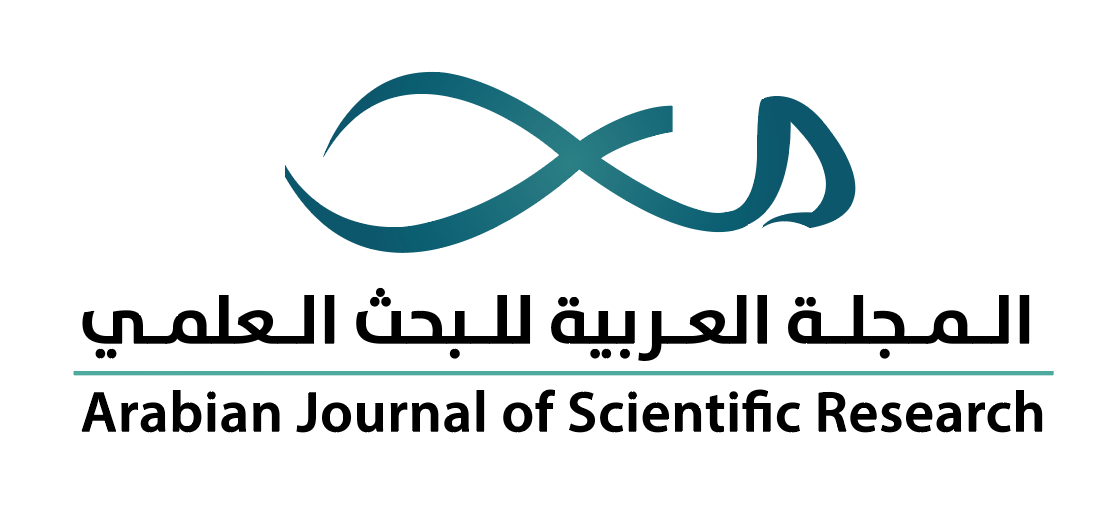-
oa داء السكري وباء يجتاح الوطن العربي ودور المجتمع والمؤسسات الصحية في الحد من انتشاره
- Source: Arabian Journal of Scientific Research-المجلة العربية للبحث العلمي, Volume 4 (2023), Issue 2, Oct 2023, 10
-
- 09 April 2023
- 12 June 2023
- 31 October 2023
Abstract
الملخص
سجّل الشرق الأوسط أعلى معدل انتشار لداء السكري في العالم، في الوقت الذي فشلت فيه نفقات الرعاية الصحية في هذه الدول على مواكبة الزيادة السريعة في أعداد المرضى إلى أن وصل إلى حد الوباء. ولفهم الأسباب الرئيسة لانتشار داء السكري وعوامل خطورته في هذه الدول، جاءت هذه الدراسة لمراجعة ورصد ما نُشر من البحوث الوبائية لداء السكري باستخدام محركات البحث العلمية وقواعد البيانات (PubMed, Embase and Ovid) لكشف حقيقة هذا الوباء، ومن ثمّ إبراز حجم المشكلة وأسباب الانتشار ودور عوامل الخطورة المختلفة. ولقد اعتمدت على الدراسات الوبائية المحكمة، والممثلة للتركيبة السكانية لكل دولة، مع استخدام طرق التشخيص المعتمدة عالمياً. وكشفت نتائج هذه الدراسة أن معدل انتشار داء السكري في الدول العربية هو 15.2% للذكور والإناث، بينما شكَّلت حالات اختلال تحمل الجلوكوز ما نسبته 13.3% للذكور و13.5% للإناث. وكانت نسب الانتشار أعلى في دول الخليج العربي، تليها منطقة العراق والشام، ثم تأتي منطقة شمال إفريقيا في المرتبة الثالثة. أمّا عوامل الخطورة فيأتي في مقدمتها العمر فوق 45 سنة، ووجود تاريخ أسري للإصابة بداء السكري؛ حيث تتضاعف الاحتمالية في وجودهما معاً. أما عوامل الخطورة الأخرى فتأتي في مقدمتها السمنة، مع العلم أن العرق العربي من الأعراق الأكثر إصابةً بالسكري. وقد أظهرت الدارسة العلاقة الطردية بين الإصابة بداء السكري وزيادة استهلاك السعرات الحرارية وقلة النشاط البدني اليومي. وانتهت الدراسة إلى أن دول العالم العربي تتفوق على معظم دول العالم من حيث نسب انتشار داء السكري واختلال تحمل الجلوكوز، والسبب في ذلك يعود إلى تغير نمط الحياة الذي انعكس كذلك على انتشار السمنة. لذلك فإن على هذه الدول اتخاذ الإجراءات السريعة للمكافحة الأولية لهذا الوباء، على أن تشمل جميع طبقات المجتمع، وخصوصاً الأطفال واليافعين؛ لاتخاذ نمط حياة صحي ومكافحة السمنة للحد من انتشار داء السكري.
Countries of the Middle East and North Africa region (MENA) have the highest rate of diabetes cases in the world, while their healthcare expenditures have failed to keep pace with the rapid increase in the number of patients until it has reached an epidemic phase. This study aimed to understand the main reasons behind the high diabetes prevalence and the related risk factors in these countries. The study was carried out by reviewing published epidemiological studies about diabetes in MENA region using PubMed, Embase, and Ovid scientific database engines. The collected studies were analyzed to assess the size of the problem and the risk factors behind the spread of this disease in the region. The results of this study confirmed that the prevalence rate of diabetes mellitus in 22 Arab countries was 15.2% for males and females, while the prevalence of impaired glucose tolerance disorder was 13.3% for males and 13.5% for females. The highest level of diabetes prevalence was in the Gulf Cooperation Council states, followed by Iraq and Sham countries, then the countries of North Africa. The most important risk factors are being over 45 years old and having a family history of diabetes, having both of them combined will double the risk of diabetes. Modifiable risk factors include obesity and smoking, which also increase the risk of diabetes to more than double. The study also showed a direct association of diabetes with increased calorie consumption and lack of daily physical activity. The paper concluded that these countries are ahead of most countries worldwide in terms of diabetes prevalence and impaired glucose tolerance, due to changes in lifestyle reflected in the high incidence of obesity. Therefore, countries of MENA region must urgently initiate primary prevention programs, targeting all gender and age groups, especially children and adolescents, to reach an adequate healthy lifestyle in order to combat obesity and diabetes prevalence.


